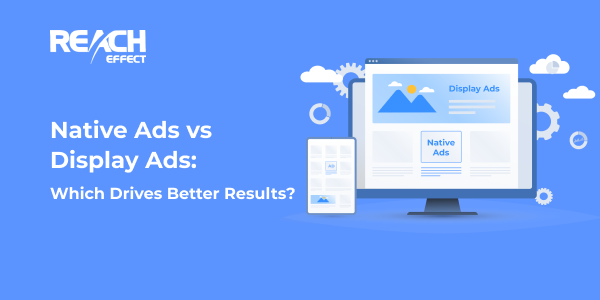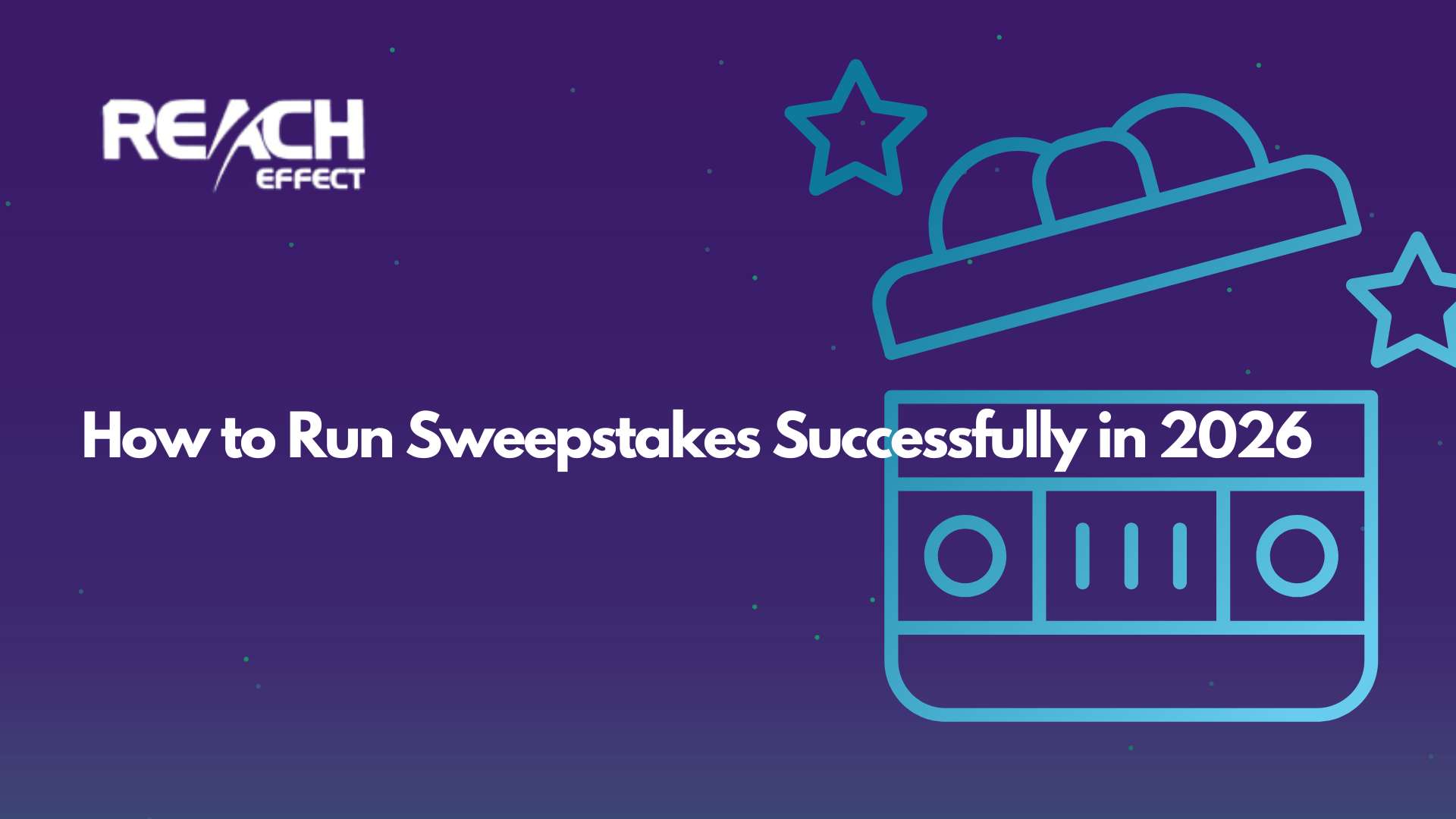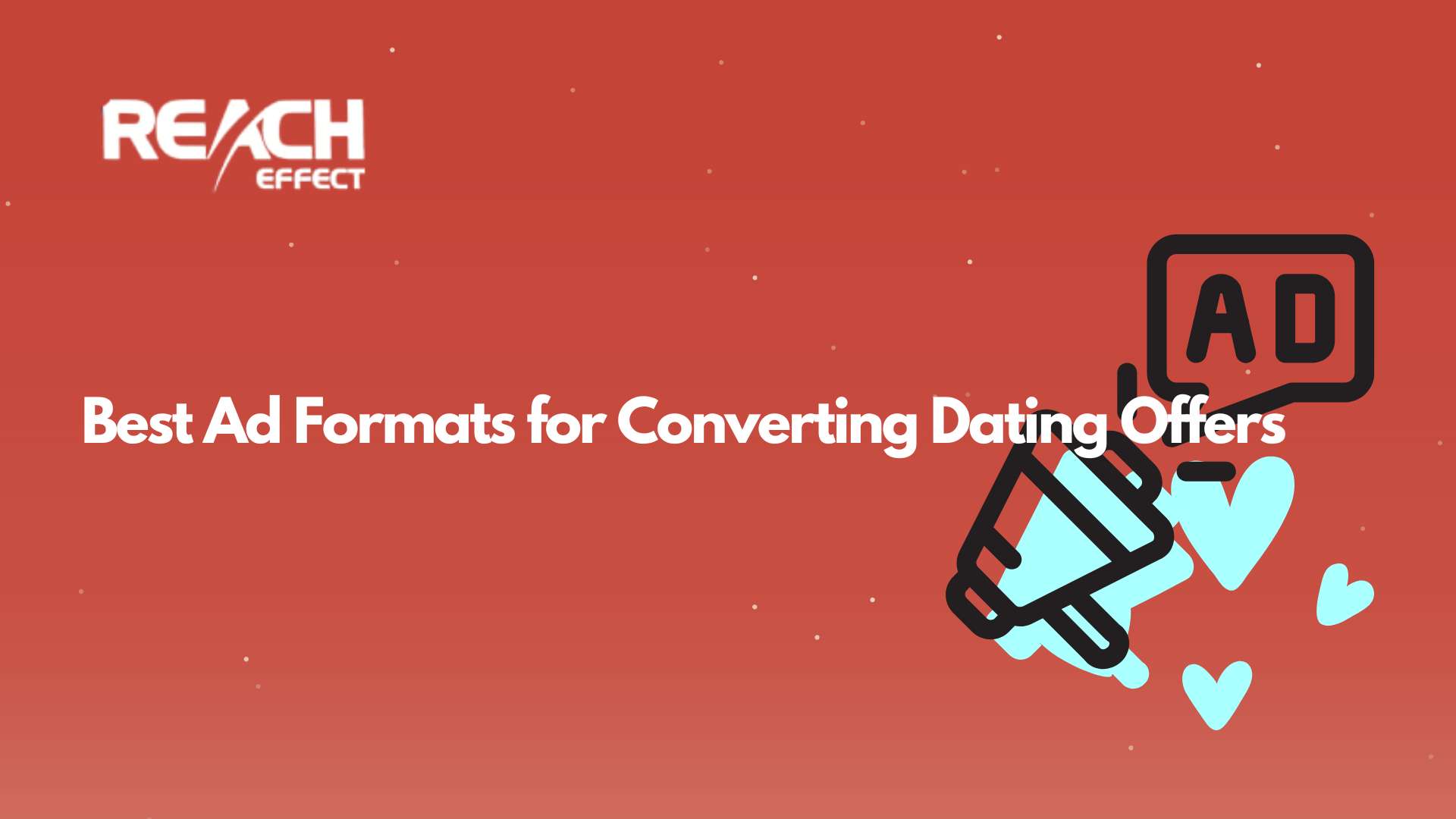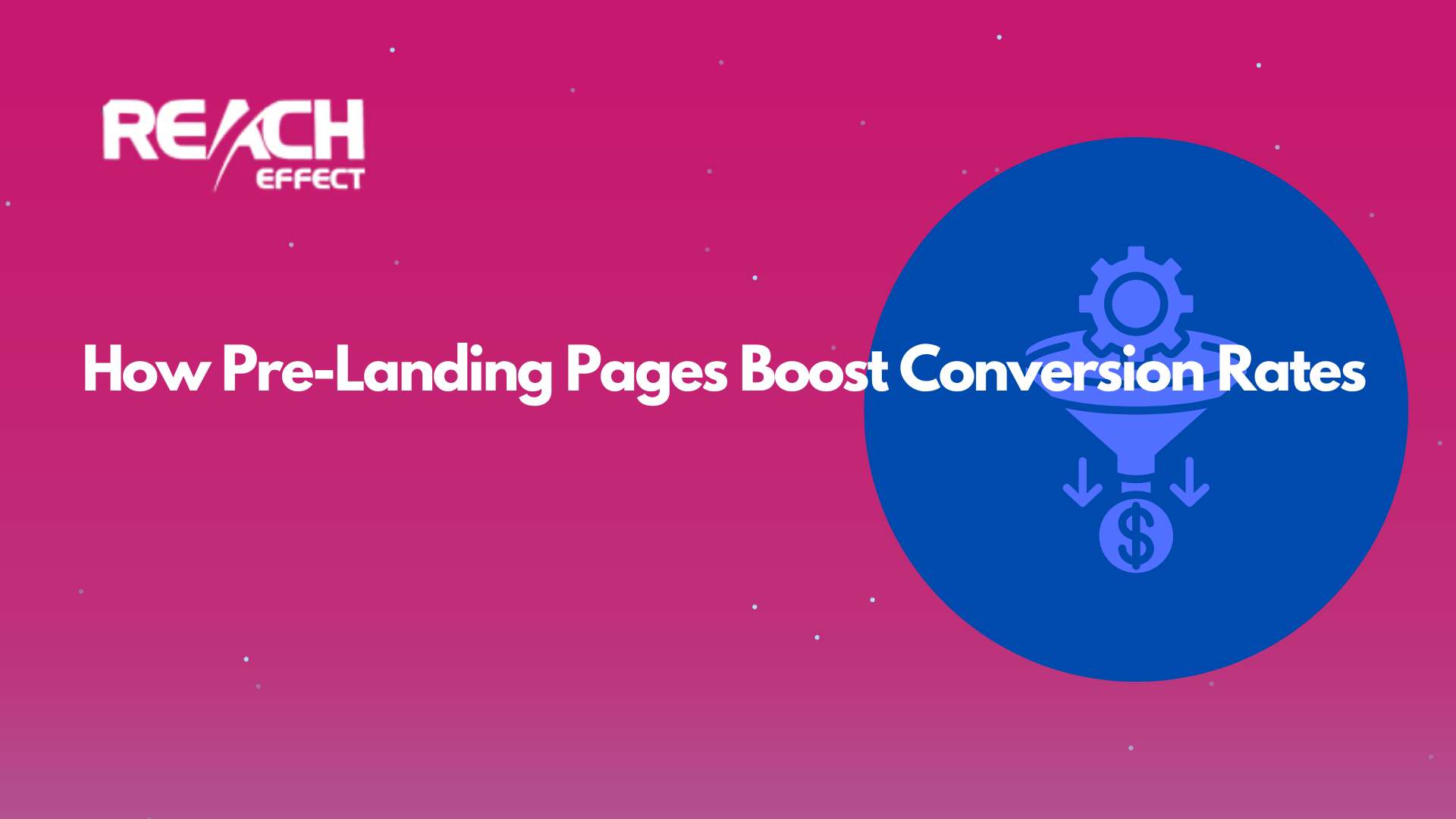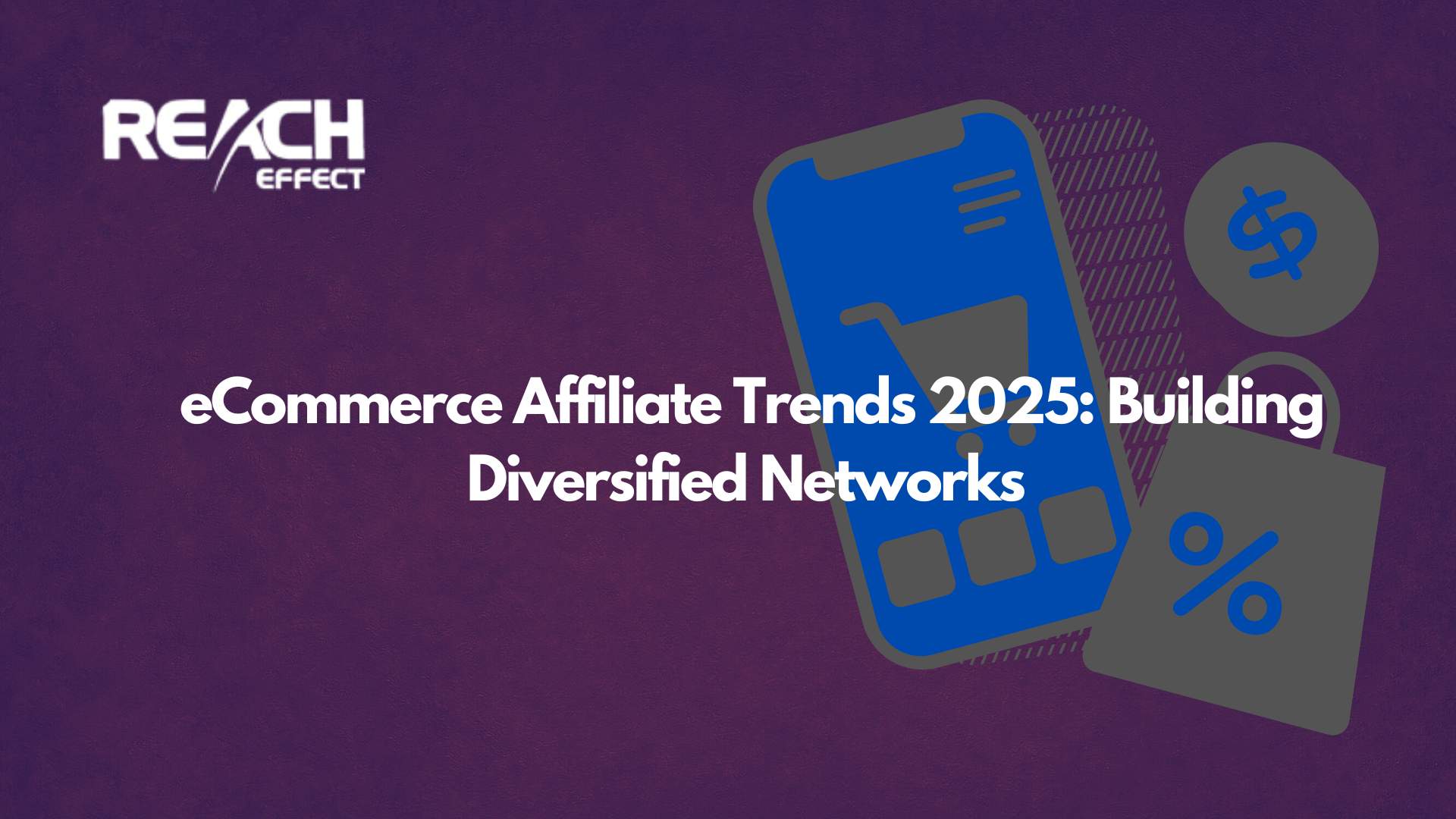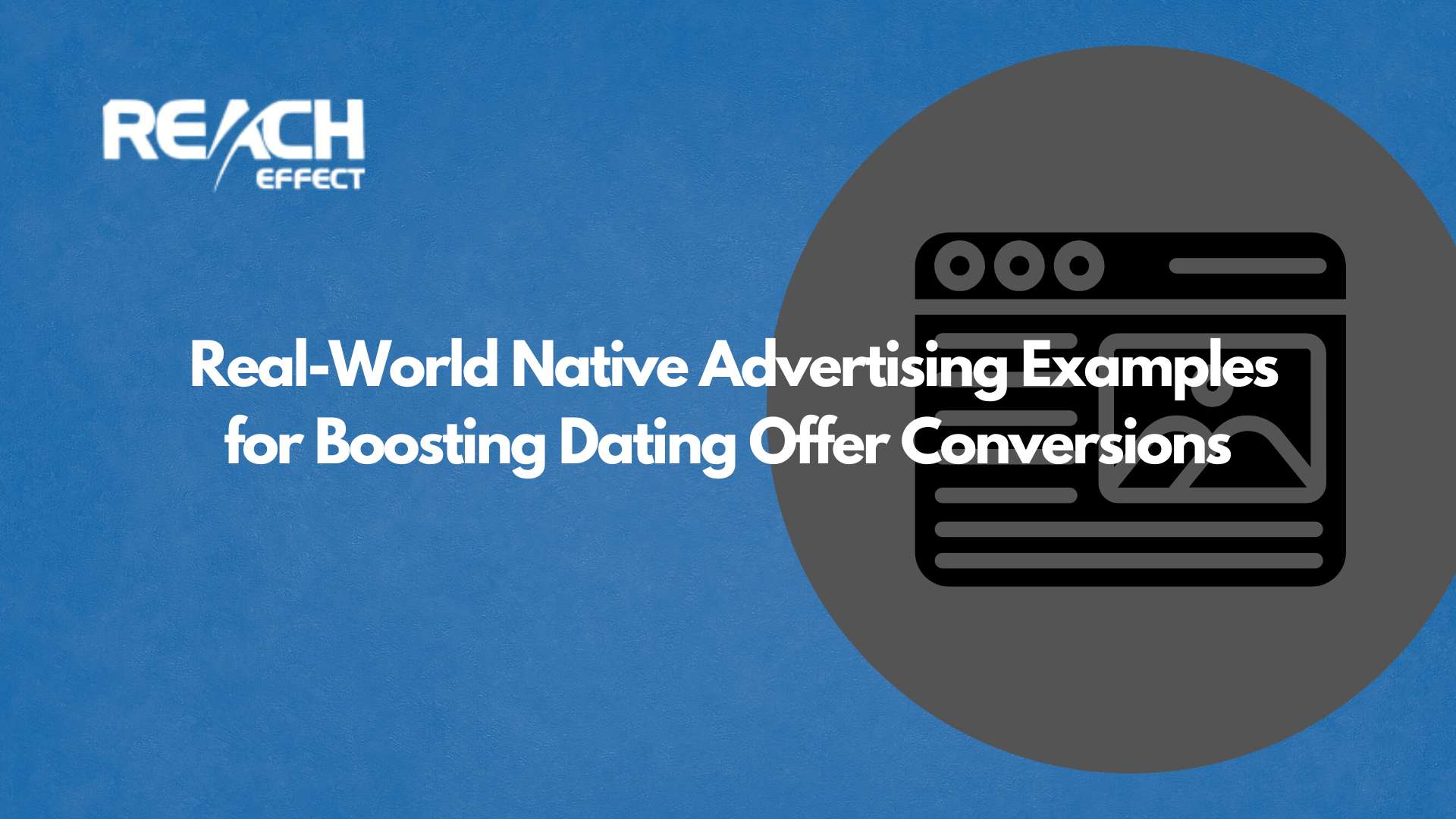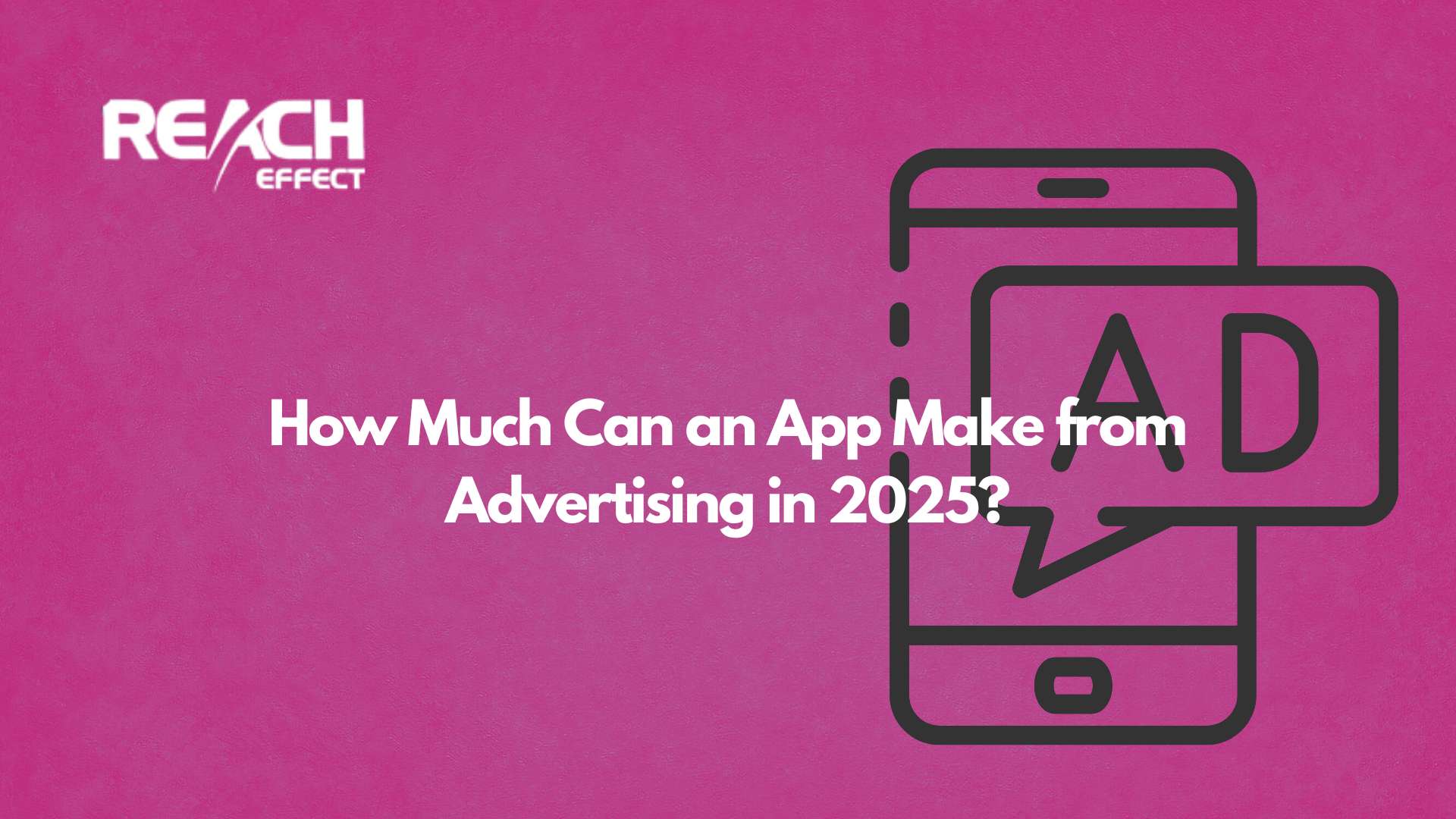Are you ever scrolling through your favorite website only to have your attention snagged by a cleverly disguised ad that seems like part of the content? Or maybe you’ve noticed those eye-catching banners at the top or sides of a webpage, vying for your clicks? These are the unsung online marketing heroes: native ads and display ads.
Thank you for reading this post, don't forget to subscribe!In the digital world, native and display ads are like a dynamic duo, each with its unique superpower. Native ads blend seamlessly with your reading content, like chameleons in the wild. On the other hand, display ads boldly stand out, demanding your attention.
But which one delivers better results: native ads vs display ads? It’s a question that marketers and businesses are constantly wrestling with. Who will emerge victorious in the battle for your clicks and conversions? Let’s find out!
Native ads are like internet chameleons. They blend in with the content you’re reading online, making them appear as a natural part of the webpage. These sneaky ads don’t shout for attention; they smoothly fit in, making you more likely to notice and interact with them without feeling interrupted.
Display ads are like online billboards. They’re like the big, attention-grabbing signs you see by the road. Display ads appear on web pages, often at the top or side, and they’re designed to catch your eye. They’re not subtle – they aim to get you to click on them and learn more.
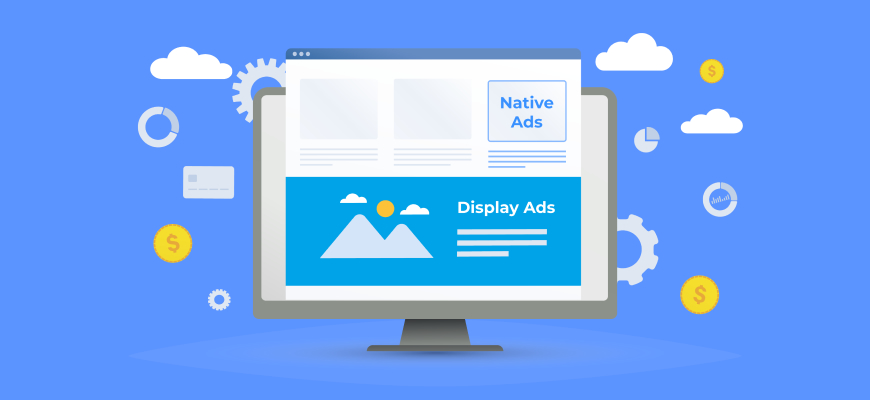
Key Differences between Native Ads and Display Ads
Let’s decipher the Native Ads vs Display Ads battle. Understanding their unique traits will help you choose the right weapon in your advertising arsenal.
Design and Appearance
Native ads blend with content, camouflaging as part of a webpage. Display ads, like big banners, stand out, demanding attention with flashy graphics and colors.
User Experience
Native ads provide smooth user interaction and look natural. Display ads can interrupt, but they’re hard to miss, impacting the user’s flow.
Engagement and Interaction
The difference between native ads and display ads is that the native ads encourage subtle interaction by blending in. Display ads might grab more clicks due to their bold appearance, but some users find them intrusive.
Placement and Visibility
Native ads discreetly nestle within content, often within articles. Display ads are prominently placed at the top or sides of web pages, making them highly visible.
Conclusion
In the Native Ads vs Display Ads showdown, the choice depends on your goals. For user-friendly engagement, native ads are subtle. Yet, if you seek quick attention, display ads shine. Start boosting your platform’s traffic today with us! You will see a meaningful difference!

